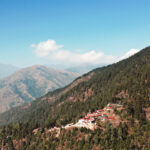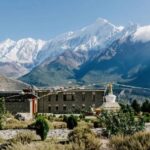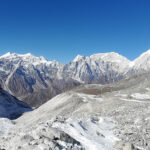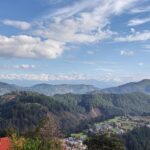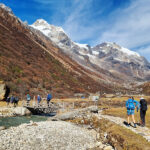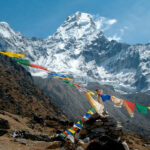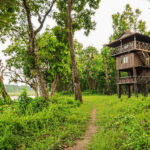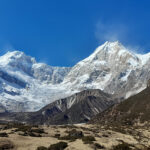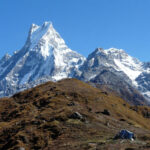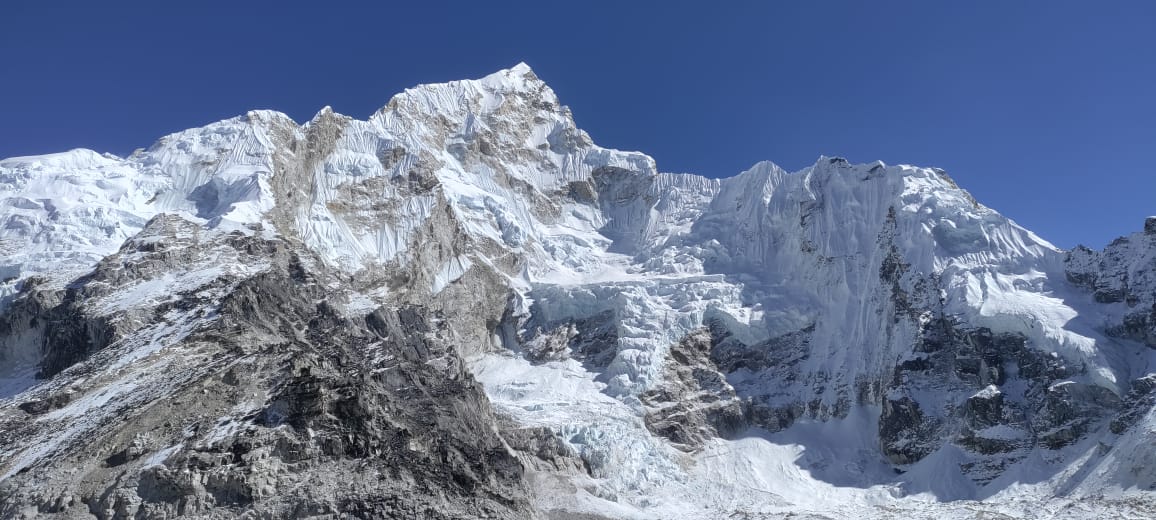
Pre-Departure Checklist for Trekking in Nepal
Trekking in Nepal is a once-in-a-lifetime experience, offering majestic views, vibrant culture, and the serenity of the Himalayas. But before you set off on this high-altitude adventure, it’s crucial to prepare properly. From physical conditioning to packing the right gear and documents, here’s a comprehensive checklist to ensure your trek in Nepal is smooth, safe, and unforgettable.
Essential Travel Documents
1. Passport
Make sure your passport is valid for at least six months beyond your entry date into Nepal. Many trekkers have had their plans delayed due to last-minute passport issues, so double-check well in advance.
2. Nepal Visa
Most travelers can obtain a visa on arrival at Tribhuvan International Airport in Kathmandu. A 30-day tourist visa costs USD $40. Alternatively, you can apply in advance at a Nepali embassy or consulate.
3. Travel Insurance
While not mandatory, travel insurance is absolutely essential. Trekking in remote mountain areas involves risks—from injuries to altitude sickness. A helicopter evacuation can cost over $3,000 USD, and insurance is the only safety net in emergencies. Be sure your policy includes high-altitude trekking (up to 6,000 meters) and covers emergency evacuation.
Packing Tips & Equipment Checklist
It’s possible to buy or rent gear in Kathmandu or Pokhara, but it’s best to come prepared with the essentials.
What to Pack in Your Daypack
You’ll carry this pack daily, so include essentials such as:
-
Fleece or sweatshirt
-
Rain jacket/pants
-
Sunglasses, sunscreen, and lip balm
-
Hat and gloves
-
Snacks and a refillable water bottle
-
Camera and batteries
-
Personal medication
-
Small binoculars (optional)
Gear Carried by Porters (Duffel Bag)
Porters will carry up to 10-15 kg of your luggage. Use a soft-sided duffel bag for ease.
Clothing Checklist
-
Lightweight trekking pants (2–3 pairs)
-
T-shirts (4–5)
-
Thermal base layers (top & bottom)
-
Down jacket
-
Fleece jacket and pants (for cold nights)
-
Waterproof shell jacket and pants
-
Sleepwear and underwear (3–4 pairs)
-
Comfortable camp shoes (crocs or sandals)
-
Wool/fleece hat, sunhat, and sunglasses
-
Sturdy trekking boots (well broken-in)
-
Trekking socks (3–4 pairs)
-
Quick-dry towel
-
Gloves (light and heavy)
Other Essentials
-
Trekking poles
-
Headlamp/torch with spare batteries
-
Locks for luggage
-
Ziplock bags (for organizing gear)
-
Reusable shopping bag or dry bag
-
Water purification tablets or filter
-
Favorite snacks, tea bags, or instant coffee
First Aid & Personal Care Kit
-
Pain relievers (ibuprofen, acetaminophen)
-
Antihistamines and decongestants
-
Imodium and anti-diarrheal medicine
-
Antibiotics like Cipro (available OTC in Nepal)
-
Diamox for altitude sickness (consult your doctor)
-
Sunscreen and lip balm (SPF 30+)
-
Blister care supplies
-
Any personal prescription medications
Physical Preparation & Training
You don’t need to be an athlete, but trekking in Nepal is physically demanding. Most treks involve walking 4–7 hours daily over steep, rugged terrain. Altitudes may exceed 3,000–5,000 meters, where oxygen levels drop significantly.
Recommended Training
Start training at least 2–3 months before your trek:
-
Regular cardio: hiking, stair climbing, or incline treadmill
-
Strength training: legs, core, and back
-
Flexibility: incorporate yoga or stretching
-
Practice hikes with a loaded daypack to simulate actual conditions
Vaccinations & Health
There are no mandatory vaccines for Nepal, but consult a travel doctor at least 6 weeks before departure. Recommended immunizations may include:
-
Hepatitis A and B
-
Typhoid
-
Tetanus-Diphtheria
-
Rabies (for long stays or remote trekking)
-
COVID-19 (check entry requirements)
Malaria and dengue are not a concern in high-altitude areas but may exist in southern lowlands during warmer months.
Last-Minute Shopping in Kathmandu or Pokhara
Kathmandu (especially Thamel) is a hub for outdoor gear—both genuine and knock-off. You can easily find:
-
Trekking poles, fleece jackets, down gear
-
Water bottles and purification tablets
-
Batteries, maps, guidebooks
-
Extra warm clothing
-
First aid and toiletries
Always try and arrive at least a full day before your trek to shop for or rent missing items.
Final Reminders Before You Depart
-
Print copies of important documents (passport, insurance, itinerary)
-
Inform your bank of international travel
-
Leave emergency contact info with someone at home
-
Carry some USD cash for visas and emergencies
-
Download offline maps and translation apps
-
Get enough rest and hydrate well before your flight
Final Thoughts
A well-prepared trekker is a happy trekker. The more time you dedicate to organizing your documents, physical training, gear, and travel plans, the more rewarding and safe your experience in the Himalayas will be. Whether you’re heading to Everest Base Camp, the Annapurna Circuit, or off-the-beaten-path destinations, a smooth start begins long before you reach the trailhead.

